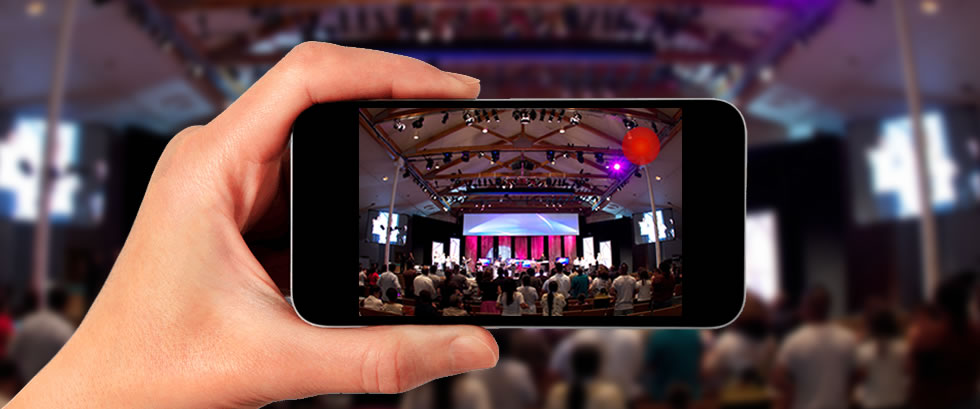eCommerce has grown by leaps and bounds in the last decade and a half. As technology continues to grow and change our everyday lives, pioneering eCommerce businesses harness even further new and innovative techniques and facilities to make online selling and purchasing more efficient and enjoyable.
Let’s take a look at what we think 2014 has in store for us, in the way of changes and new ideas:
Mobile shopping is becoming more and more important.
While 2013 saw responsive web design spread like wildfire, in 2014, we are bound to see an improvement in mobile shopping experiences.
The first step was to create sites that worked decently on mobile – this year, we will see online store owners scrambling to build sites that positively blossom on smartphones and tablets.
Not only will ecommerce websites render a lot better on mobiles, but a larger number of mobile store owners will also start advertising their products and services on mobiles. Mobile advertising is getting more popular day by day, and branded ecommerce store owners are going to be among the first big spenders on mobile ads.
While smaller store owners may not jump on the bandwagon yet, larger stores will make an attempt to get reach as many mobile users as possible. We will also see rise in video mobile ads that have the potential go viral on social networks.

While Google Glasses, smart watches and other wearable devices are yet to take off in a big way, many such products are set to enter the market in 2014.
If such devices become widely popular, we can expect retailers as well as ecommerce stores to shower discounts, promotions, offers and updates to their customers through wearable devices.
Google’s red eye at link-building using guest blogging will push ecommerce marketers to create better and more targeted content. We will see the rise of long-form content that is more closely related to the products and services offered by the stores.
In addition to articles and blog posts, the length of videos and podcast will also see more takers. The easy availability of analytics and data will lead to creation of more data-based content.

With Google making it more difficult for content marketers to benefit from link building through guest blogging, more will turn towards social media and search ads for revenue.
Targeted social media ads are getting more effective, and this will drive a large PPC and CPC ads experiment in small and large ecommerce companies.
While Google Authorship’s branding opportunities for smaller business were well understood even last year, the death of large-scale guest blogging suggests that a digital brand – both for authors and businesses – is imperative in the coming years.
Traditional, anonymous SEO won’t work that well. Ecommerce stores and marketers will try to create high-quality communities and blogs to further their marketing efforts. A brand blog plus a team of well-known bloggers will become invaluable for ecommerce businesses.
Online stores have been serving personalized ads to prospective users since years. Many online stores also use personalized product displays and suggestion for registered users.
As users become more comfortable with sharing some personal information with brands and trusted online stores, we will see store owners make more efforts to offer a more meaningful personalization to users.

Amazon’s sci-fi sounding drone delivery project is a step towards improving the delivery cycle.
The biggest annoyance of ordering online is that you have to wait for 2 days to 2 weeks for the product to arrive. It is possible for users to go to a store and get with right there and then. In 2014, we will see the large online stores do more to reduce delivery times and offer more shipping options.
We have already seen the next-day-delivery options in shipping options for local stores and larger ecommerce stores; in 2014, we may start seeing same-day delivery options pop up.
As larger ecommerce websites offer newer facilities and features and try out new ways of attracting customers, smaller stores will turn to local base to survive.
Smaller ecommerce store owners will use traditional SEO to target customers in a limited geographic area and combine it with social media engagement to personalize relations with local customers. Their branding and marketing strategy will revolve around points that differentiate them from large vendors.
Online shoppers are notorious for browsing around for a long time and leaving the store without buying. Personalized and targeted marketing can help turn them into paying customers.
Marketing automation has been around for a long time, and the trend of using such solutions will continue to rise in 2014. More and more steps of lead nurturing, remarketing, email personalization and analytics will be automated, helping even small online store owners get better insights and convert more customers.
These are some of the most important trends that will have a huge impact on ecommerce in 2014.
As you can see, some of the trends have been gaining steam since years: mobile, paid ads, personalization and marketing automation.
While other trends like speedy delivery, wearable tech and importance of brand identity are just beginning to gain traction.
Original content: brandwatch.com Author: Kinjal Adeshara





What a great blog is this and I like it very much?